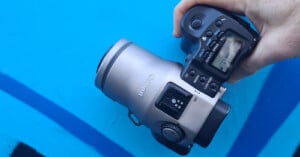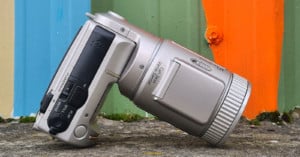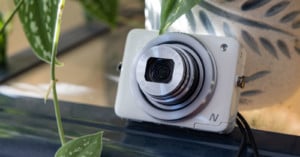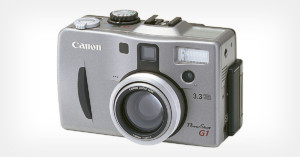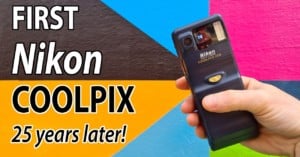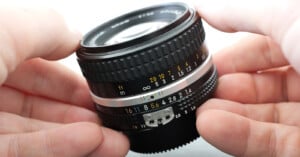
Nikkor 50mm f/1.4 AI-s Retro Review: A Brilliant Gateway into Vintage Glass
While Gordon Laing of Cameralabs typically looks at vintage cameras as part of his incredible Retro Review series, old glass deserves love, too. Cameralabs has just published its review of the Nikkor 50mm f/1.4 AI-s, a lens that launched 43 years ago and is still amazing today.




